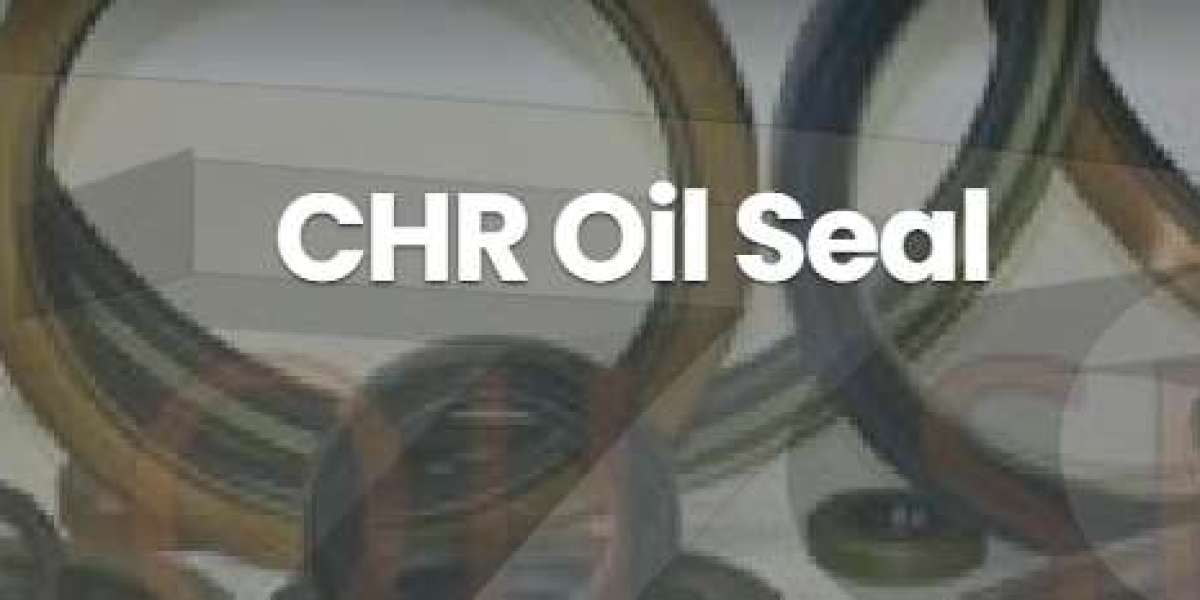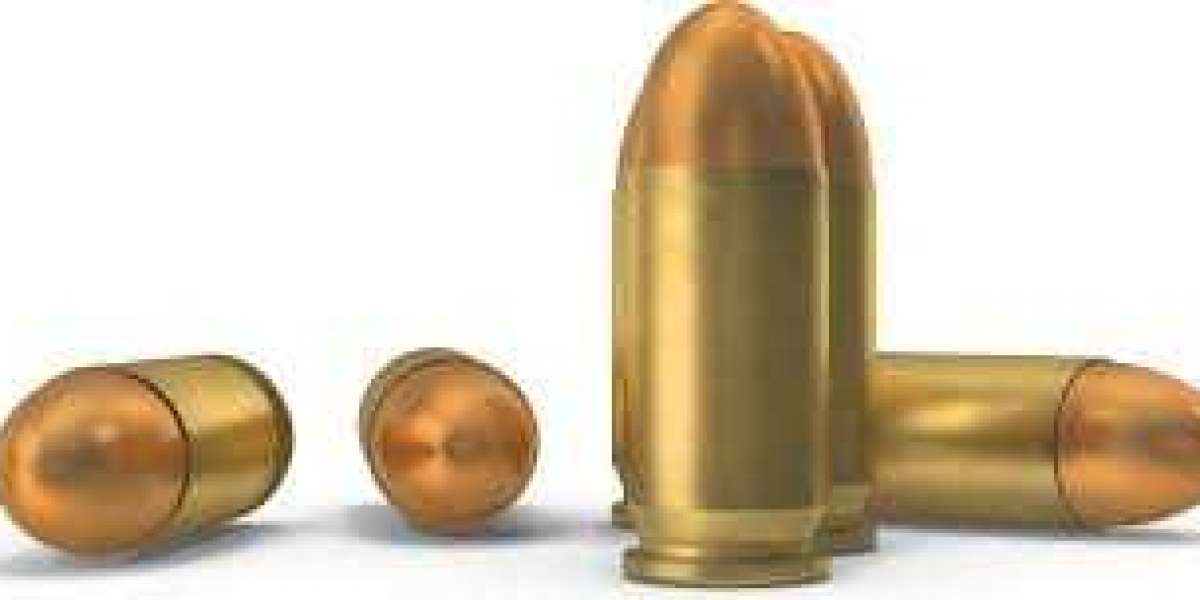Seals play a critical role in hydraulic systems by preventing leakage, ensuring proper functioning, and maintaining the integrity of the system. Hydraulic systems are widely used in various industries, including manufacturing, construction, and aerospace. Here are key considerations regarding seals in hydraulic systems:
Types of Seals in Hydraulic Systems:
- Hydraulic systems typically use various types of seals, including O-rings, piston seals, rod seals, wipers, and wear rings. Each type of seal serves a specific purpose in preventing leaks and ensuring efficient operation.
Material Compatibility:
- Hydraulic systems may use different hydraulic fluids, and it's crucial to select seals that are compatible with the specific fluid in use. Common seal materials for hydraulic systems include Nitrile (NBR), Fluoroelastomer (FKM/Viton), Polyurethane (PU), and others, depending on the application requirements and fluid compatibility.
Pressure Rating:
- Hydraulic systems operate under high pressures. Seals must be chosen based on their pressure rating to withstand the forces exerted within the system. Selecting seals with the appropriate pressure rating is critical for preventing leaks and maintaining system efficiency.
Temperature Range:
- Consider the operating temperature range of the hydraulic system. Seals should be able to withstand the temperatures encountered during both normal operation and potential temperature variations. The selected seal material should remain effective within the specified temperature range.
Dynamic and Static Seals:
- Hydraulic systems involve both dynamic and static seals. Dynamic seals, such as piston and rod seals, experience movement, while static seals, like O-rings and gaskets, are used in stationary joints and connections. Each type of seal requires careful consideration to ensure proper functionality.
Size and Dimensions:
- Proper sizing of seals is essential. The dimensions of seals, including inner diameter, outer diameter, and cross-sectional diameter, must match the specifications of the hydraulic system components. Incorrectly sized seals can lead to leaks and reduced system efficiency.
Installation Considerations:
- The proper installation of hydraulic seals is critical. Ensure that seals are installed without damage and according to manufacturer guidelines. Correct installation practices include proper lubrication, avoiding nicks or cuts during installation, and verifying the seal's orientation.
Abrasion and Wear Resistance:
- Hydraulic systems may operate in abrasive environments, and seals must be resistant to wear. Choosing seals with high abrasion resistance helps maintain their effectiveness over an extended period, reducing the need for frequent replacements.
Chemical Resistance:
- Hydraulic fluids can contain additives or contaminants that may affect seal materials. Choose seals with chemical resistance to ensure they remain stable and effective in the presence of hydraulic fluid additives or potential contaminants.
Seal Lifespan and Maintenance:
- Consider the expected lifespan of seals and establish a regular maintenance schedule. Monitoring seal performance, checking for leaks, and replacing seals as part of preventive maintenance can help extend the lifespan of the hydraulic system and reduce downtime.
Environmental Considerations:
- Hydraulic systems in certain industries, such as marine or offshore applications, may be exposed to harsh environmental conditions. Seals should be selected and designed to withstand factors like saltwater exposure, UV radiation, and extreme weather conditions.
Manufacturing Standards and Regulations:
- Ensure that the selected seals comply with relevant industry standards and regulations. This is particularly important in industries with strict safety and performance standards, such as aerospace or automotive manufacturing.
By carefully considering these key factors, engineers and maintenance personnel can select and implement seals that optimize the performance, reliability, and safety of hydraulic systems across various applications. Regular monitoring, maintenance, and prompt replacement of seals contribute to the overall efficiency and longevity of hydraulic systems.
See more








